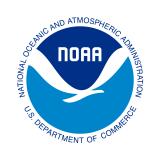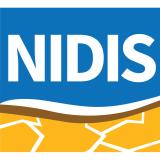Ecological Drought: Integrating Ecological Drought Considerations into Restoration Efforts and Natural Resource Management (Part 1)
This webinar series seeks to raise awareness of ecological drought, share actions that strengthen ecosystem resilience and mitigate the impacts of droughts, and highlight advancements in integrating interdisciplinary research and management needs for future drought planning and preparedness. The series is co-hosted by the NOAA National Integrated Drought Information System (NIDIS) and the USGS National Climate Adaptation Science Center (NCASC), with expert speakers from the research community, tribal nations, and government agencies. Information shared will build on the NIDIS/NCASC 2021 National Ecological Drought Webinar Series.
NOTE: If you have interest in the results of one of the projects highlighted today, bookmark the hyperlink below in the title for their research profile on drought.gov, which will be updated as publications and other resources from the projects are released.








